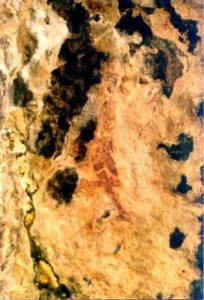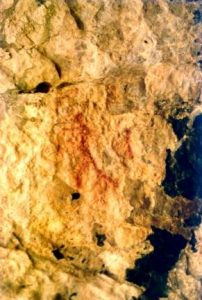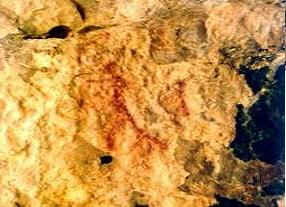Tuéjar is a locality nestled in the region of ‘Els Serrans’, between beautiful valleys, rivers and mountains. Mountain area with abundant pine forests and numerous natural sources, places of ‘La Tartalona’, 300 m. from the ‘Embassament de Benagéber’, with swimming pools, sports center, restaurant and camping area; the ‘Assut’, on the ‘Riu Tuéjar’, with picnic areas, and the ‘Zagra’, next to the ‘Blanc’ or ‘Riu Túria’, with swimming pool, services and camping area.
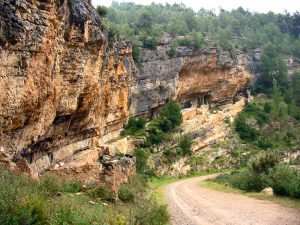
In Tuéjar you can also enjoy a several cave paintings. The cave paintings of the ‘Corrals de Silla’ are found in three shallow cavities open in the limestone of a powerful stratified bank, which forms a cliff of about 15 meters maximum height, located to the north and 1.5 km from the old town of Tuéjar.
They were discovered on March 5 of the year 1986 by the students group of the local school, when they received from their teacher, D. José Sánchez Sánchez, teaching explanations of geomorphological type in shelter no. III; On April 3, the rest of the paintings, located in shelters I and II, were discovered by specialized technicians when they were studied.
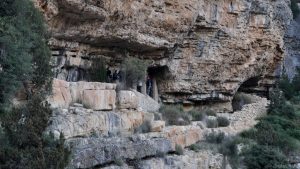
Shelter nº I is the one that is higher, since the rocky bank presents with a steep inclination from the ‘Riu Tuéjar’, where it starts, up to the top of the point where it ends; It is of reduced dimensions, about 17 m in length by 7 of maximum depth. In the center a large human figure was painted and on his right a hind of good proportions, the second being preserved intact, although very blurred by the calcitic layer that covers it; underneath it there is a deer of difficult vision and on its right another animal figure of problematic identification.
The shelter No. II is of greater proportions having been used, like the previous one and like all the existing ones in the cliff, of sheepfold, keeping wool and goat cattle; this, due to its dimensions, 25 meters in length, and its strong unevenness, was divided in two by a central wall, leaving the paintings in the highest area. One can distinguish a small complete goat, the forehead and antlers of another, as well as spots of many other figures.
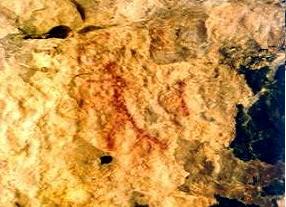
The coat No. III, (the one discovered by the children of the school) is the one that contains the greatest number of paintings, all of them representing warrior archers in different attitudes. Five of them are distinguished with total clarity, all provided with their bow and corresponding arrows, two more imperfect ones and rest of other figurations that with a lot of probability can also correspond to archers. They are in the flat vault of a cave about six meters long by three deep, the state of conservation being very different from some figures to others, although all have been affected by calcite, precipitated as the waters flow through the vault , by microscopic vegetables and by the soot of the innumerable bonfires lit in the place. All figurations are red and the deterioration of the surface of the rock due to environmental disturbances suggests that many paintings have disappeared.
